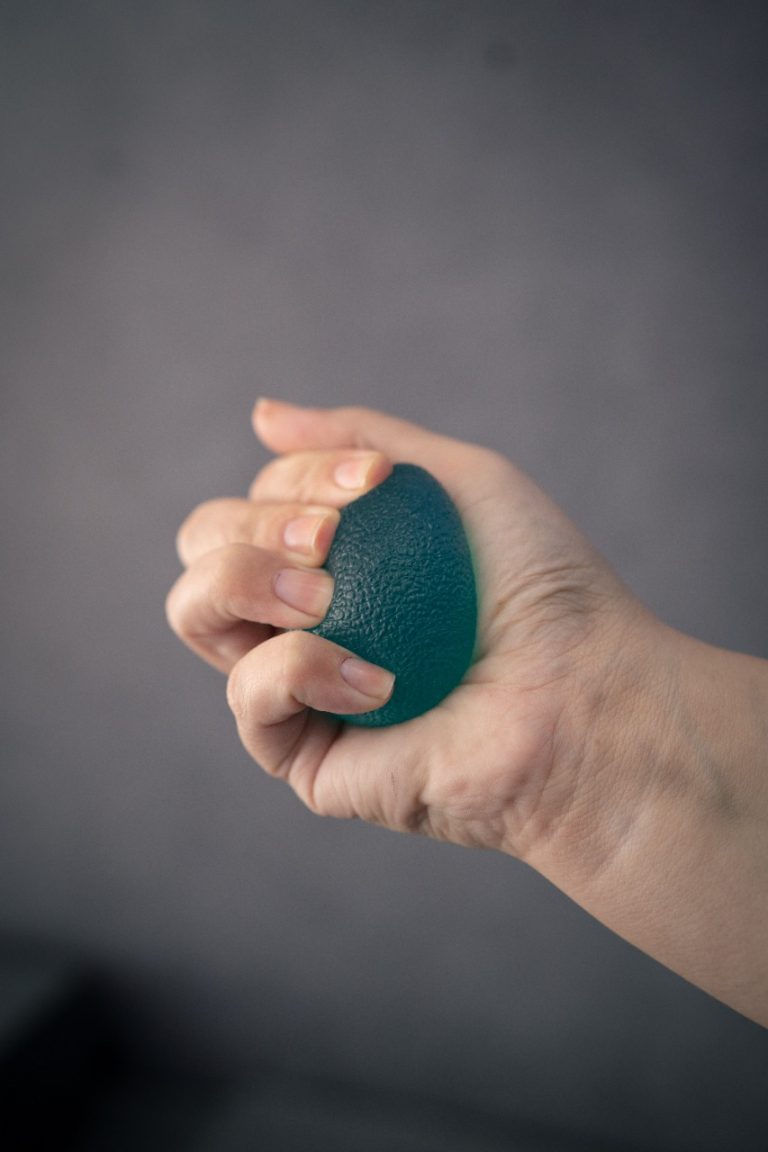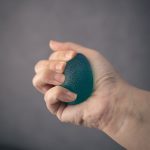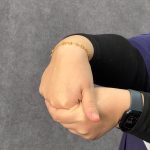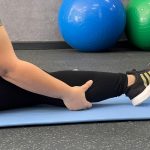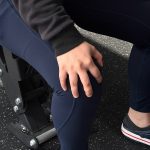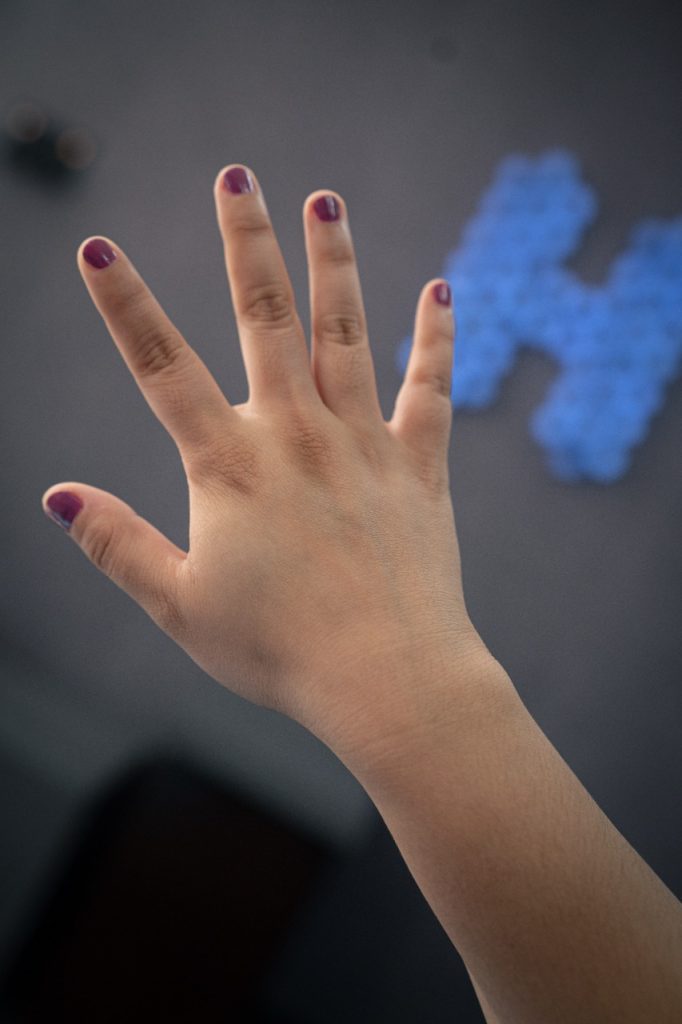
Health Blog | 3 MIN READ
TFCC Injuries
Dr. Alaa
If you experience wrist pain when tightly holding objects, exercising, hand standing, or pushing your hand up from a chair. Your triangular fibrocartilage complex (TFCC) tear or damage could be the reason.
The TFCC is constructed of cartilage and thick fibrous tissue. The stability of the joints between your forearm bones is increased by the support provided by this tissue. The little bones on the ulnar side (sometimes known as the "pinkie finger" side) of the wrist are likewise connected to the forearm by the TFCC.
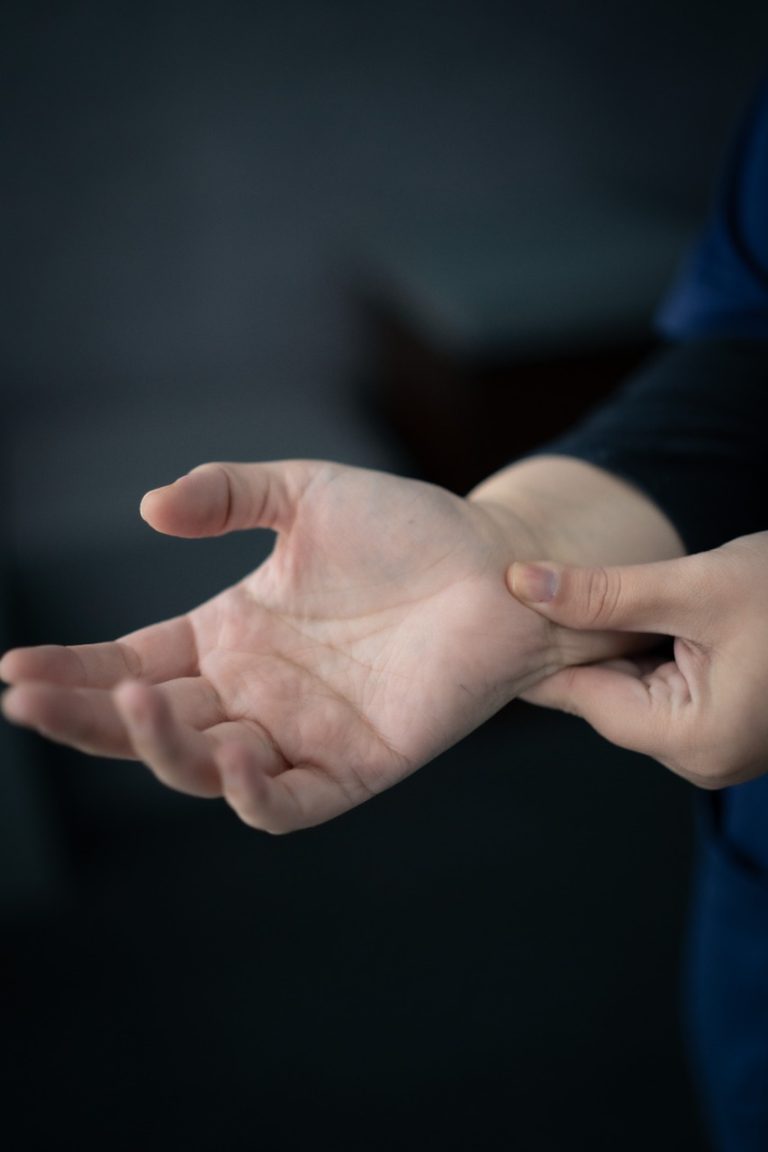
Causes
The most frequent mechanism of injury is a fall onto an extended hand. The TFCC can be torn when enough force is applied to the ulnar side of the hyper extended wrist. The risk of this injury is highest in high-demand athletes, such as tennis players and gymnasts.
In addition, degenerative disorders can lead to TFCC injury. The risk of tissue deterioration is increased by repetitive movements, the use of force, or gripping through the wrist.

Over time, degenerative changes in the TFCC structure can occur more frequently and with greater severity. These changes can cause thinner soft tissue structures, which can contribute to developing a TFCC tear with little force or trauma.
Signs and Symptoms
What does the condition feel like?
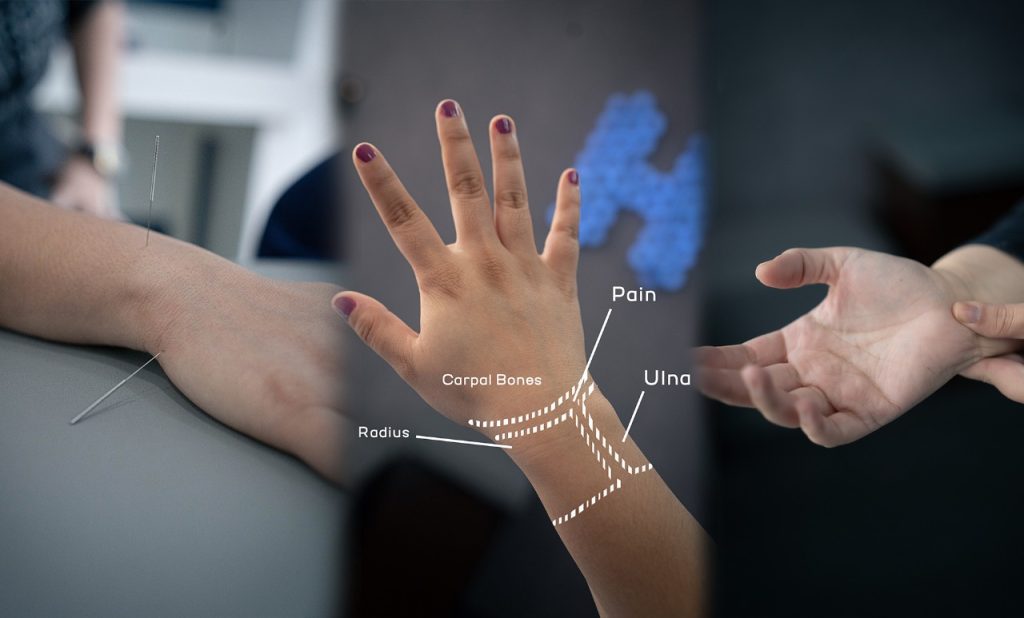
Some people may not experience any discomfort or wrist instability issues as a result of a TFCC tear.
Some or all of the following symptoms may also be felt by other people:
Clicking or popping while moving the wrist or rotating the forearm
Sharp Pain, Weakness, Heaviness in the Hand and Limited Motion!
The primary symptom is ulnar-side wrist discomfort. Some people experience diffuse pain, which is pain that can't be localized and affects the entire wrist area. Every posture or activity that requires forearm rotation and movement in the ulnar direction aggravate the pain (pinkie finger). This includes basic tasks like opening a can, turning a key in the lock, or lifting a big baking pan or water carton with one hand!
Physical Therapy Role
Let's begin with the evaluation A physical therapist will ask about the location of the pain, when it started, whether an injury specifically caused it or whether it came on gradually. They will also inquire about what movements make the pain worse or better. He will also inquire as to whether the wrist is swollen, clicking, catching, or feeble. Then perform a physical examination.
Treatment
In order to treat a TFCC injury, the first step is to reduce pain and inflammation. In addition to reducing pain and swelling, applying ice to the wrist frequently provides significant pain relief. Electrical therapy to aid in reducing discomfort and inflammation, such as ultrasound or interferential current. deep friction massage will assist remove the scar tissue Exercises that improve mobility and muscle strength are crucial. Other treatments include dry needling and taping
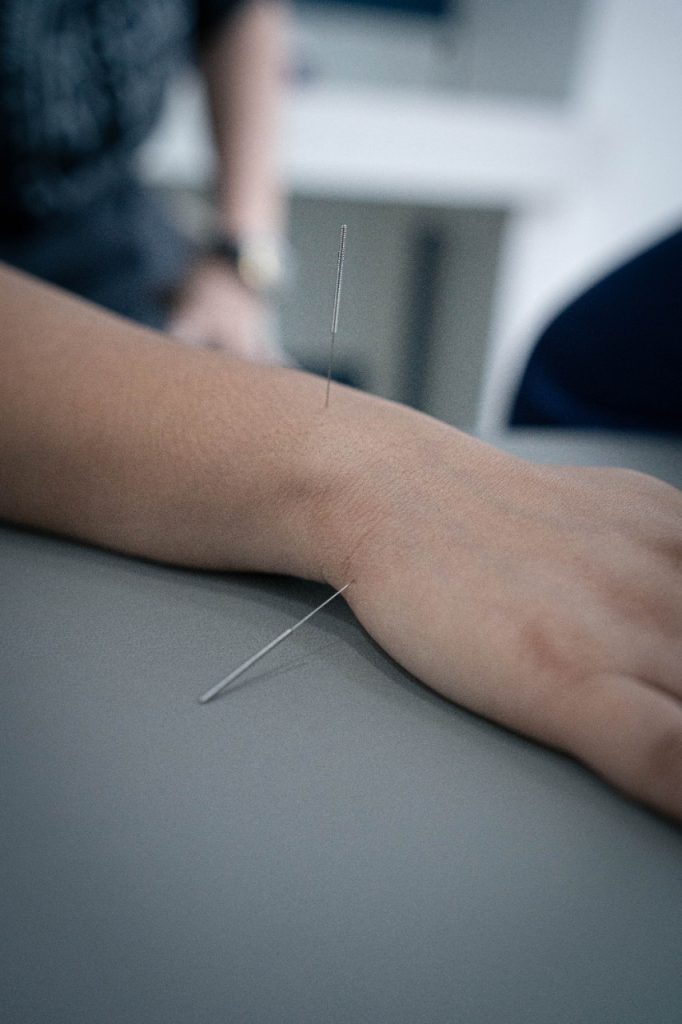

Stretching Exercises
●To help stretch your wrist, press your other hand on the back of the hand on the afflicted side. pause for 15–30 seconds. Pushing the fingers backward will then stretch the hand back. pause for 15–30 seconds. Throughout this exercise, maintain a straight arm on your afflicted side.

●To extend your wrists, stand at a table with your palms facing down, your fingers spread, and your elbows straight. Put some forward weight on your body. Hold on to this stance for 15 seconds.

●Wrist flexion stretch: Stand with your elbows straight, palms up, fingers pointing toward your body, and the backs of your hands on a table. Step back from the table. Continue in this posture for 15 seconds (all exercises with 3 sets of 10 repetitions)

Strengthening Exercises
1. Wrist flexion:
Place the palm of your hand up while holding a can or hammer handle. Your wrist is flexed upward. Resuming your original position, gradually lessen the weight. The weight of the can or object you are holding should be increased gradually.

2. Wrist extension:
Place a small weight or a can in your hand and hold it with your palm down. Raise your wrist gradually. Bring the weight down gradually to its starting position. The weight of the item you are holding should be increased gradually. Squeeze a soft rubber ball for five seconds to develop your grip.

3. Grip strength:
Squeeze a soft rubber ball for five seconds to develop your grip.
